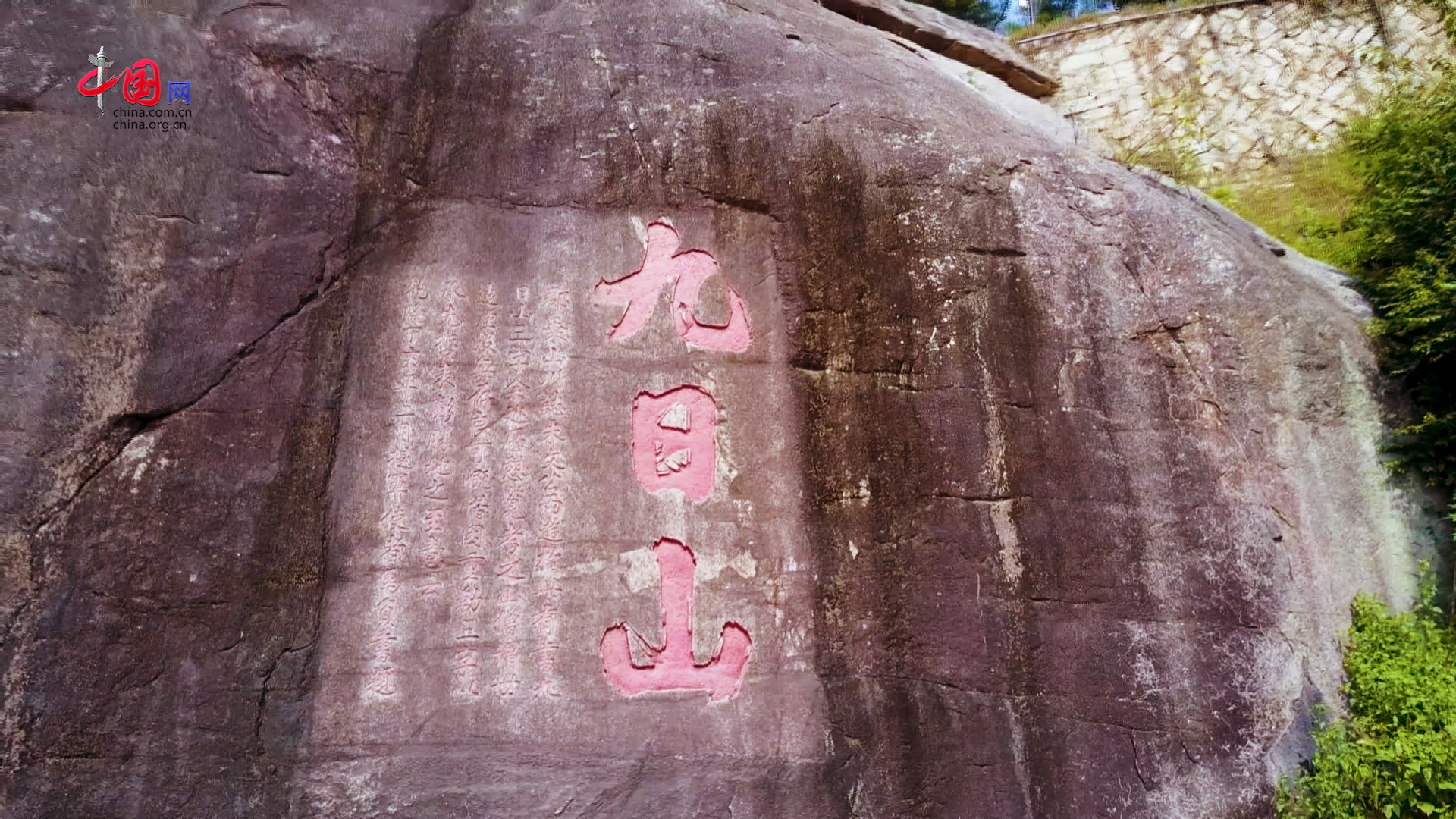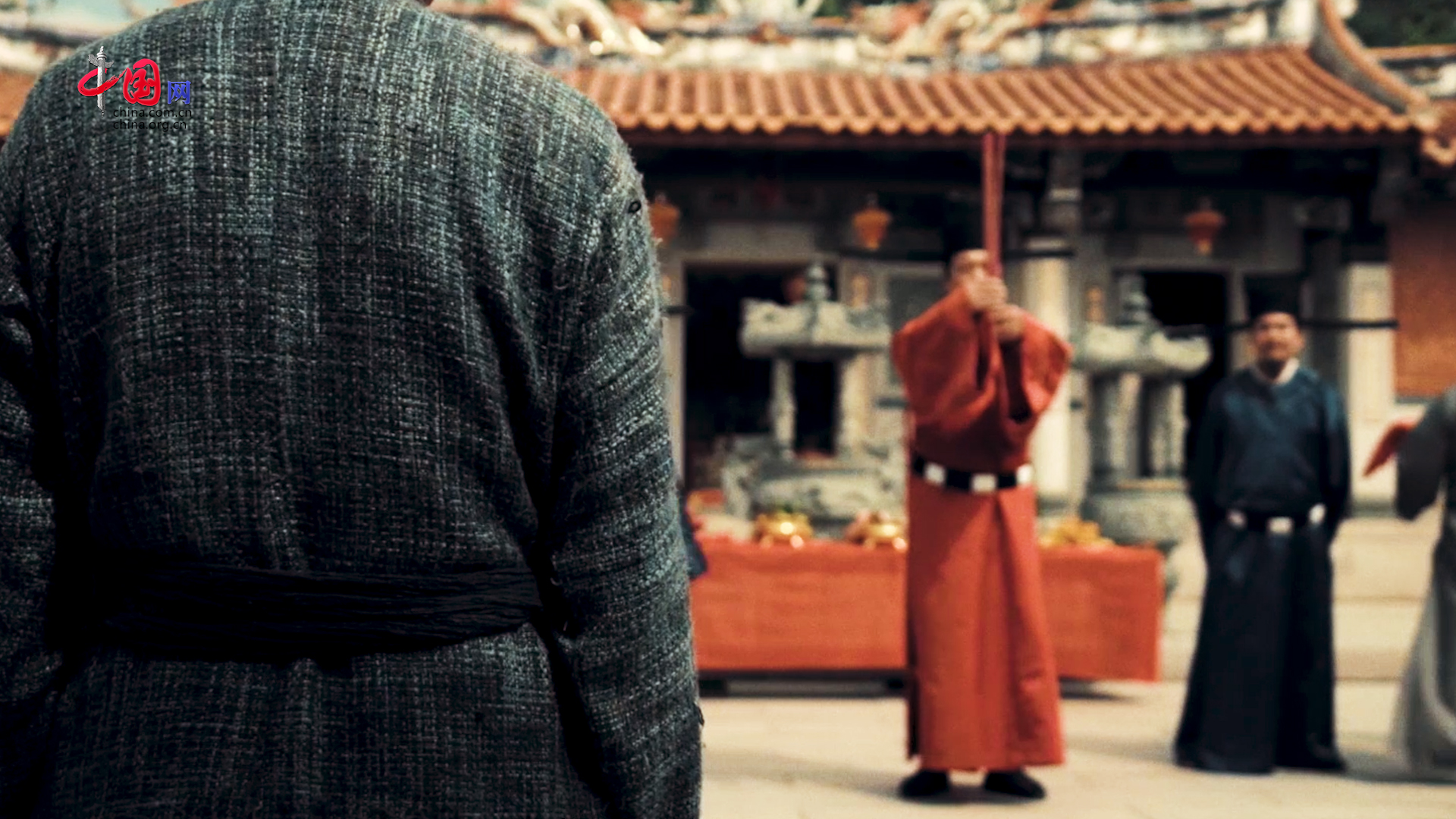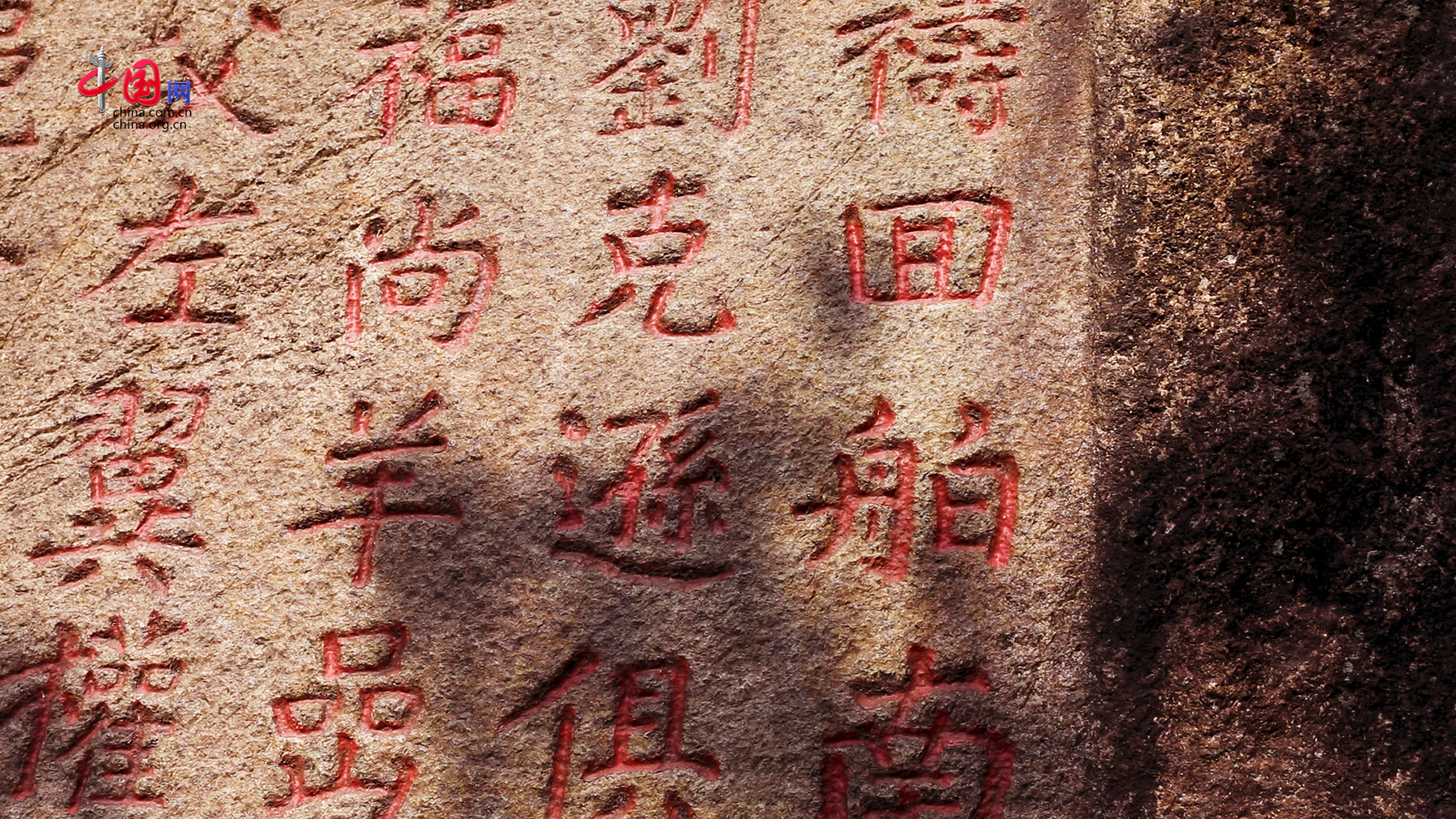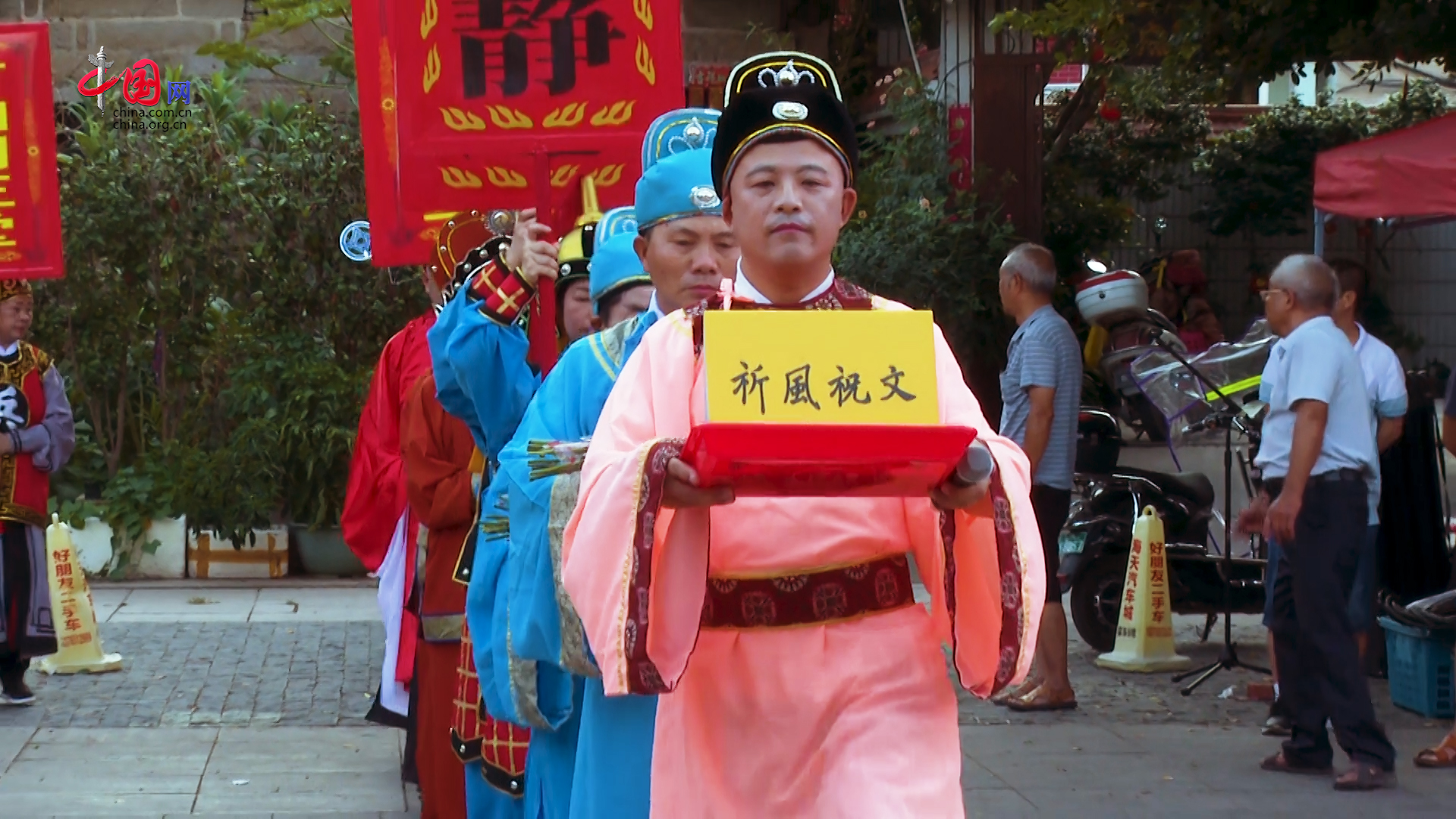“世遗”泉州:山海同祝 祈风九日山下
Quanzhou: Wind-Praying at the Jiuri Mountain
2021年,“泉州:宋元中国的世界海洋贸易中心”获准列入《世界遗产名录》。中国东南沿海的泉州,曾是10-14世纪繁荣的亚洲海洋贸易网络东端的商贸中心。
In 2021, the serial property Quanzhou: Emporium of the World in Song-Yuan China was inscribed on UNESCO’s World Heritage List. Located on the southeastern coast of China, Quanzhou was once the commercial center at the eastern end of the thriving Asian maritime trade network between the 10th and 14th centuries.

古泉州人民依海为生,出海和回航都需要顺应季风规律,泉州冬季偏北风,船舶从泉州出海;夏季偏南风,船舶从南部海域回航。
In the past, people in Quanzhou depended on the sea for their livelihoods. Both departures into and returns from the sea had to follow the movement of the monsoons. Ships were put to sea with the aid of the northerly winter monsoon, and returned from the southern waters riding the southerly summer monsoon.

九日山位于泉州古城西北7公里的晋江上游。每年冬十月、夏四月,百姓会在山下的昭惠庙向海神祈求风信顺利,保佑航行平安,这就是泉州古老的祈风传统。
The Jiuri Mountain is located in the upper reaches of the Jin River, 7 kilometers northwest of the old town of Quanzhou. Every October and April (lunar calendar), as winter and summer approach, the locals would come to the Zhaohui Temple at the foot of the mountain to pray to the sea deities for propitious winds to aid the safe shipping. This is known as the wind-praying tradition in Quanzhou.

随着海外贸易的繁荣,这一民间传统逐渐升格为官方的祭典。仪式非常隆重,泉州太守率领部属出席,设祭坛,陈列羊、猪、酒等祭品,然后上香,奏迎神曲,由提举市舶司(相当于今天的海关关长)或太守宣读《祈风文》。
As maritime trade flourished, the wind-praying ceremonies also ascended in importance and became an official ritual celebrated with grandness. The governor of Quanzhou would lead his subordinates to attend the occasion. Lamb, pork and wine were offered as sacrifices at the altar, following which the incense was burnt and tunes to entertain the deities were played. The superintendent of the maritime customs office or the governor then read out the Wind Prayers.

祈风典礼完成后,参与者乘兴登上九日山,欣赏美景,然后将祈风的经过镌刻于山中的岩壁间——这是世界仅存的为往来商舶祈求顺风与平安的文字记录。地方官、国家专员,甚至皇室成员都参与其中,可见宋代中国对海洋贸易的大力倡导,以及当时运用国家力量对海洋贸易进行的管理。
After the ceremonies, the participants would climb up the Jiuri Mountain and appreciate the beautiful view. They would also carve a record of the ceremonies on the cliff. These inscriptions serve as the only written records of prayers for the safe passage for the merchant ships. Local officials, state commissioners, or even members of the imperial clan took part in the ceremonies, which reflect the Song Dynasty’s advocacy of maritime trade, and the management of this trade underpinned by state power.

今天的祈风典礼,既有对传统的复刻,也有对时代风貌的反映。按照宋代祭典规制,将“佛、道、儒”合一的独特祈风仪式进行编排,同时汇集了闽南地区民俗表演的精华,把欢送欢迎中国和外国船队时的欢乐气氛表现得淋漓尽致,体现了中华民族礼仪之邦的真诚友好之情。
Today's wind-praying ceremonies not only reproduce the tradition, but also reflect the character of the times. Based on the conventions of the Song Dynasty, they underwent unique adaptation combining “Buddhism, Taoism, and Confucianism”, and are flavored with the essence of folklore performances in southern Fujian. The cheerful atmosphere when seeing off and welcoming the Chinese and foreign fleets was vividly presented, reflecting the sincerity and friendliness of the Chinese people, who greatly value etiquette and rites.
冬遣舶,夏回舶。九日山下,祈风送迎;山海同祝,福祉于民。
In winter and in summer, prayers are delivered from the foot of the Jiuri Mountain. Embodying the wishes from the mountain and the sea, they accompany theship sailing into and out of the port, and bless the land and its people with good fortune and hope.










